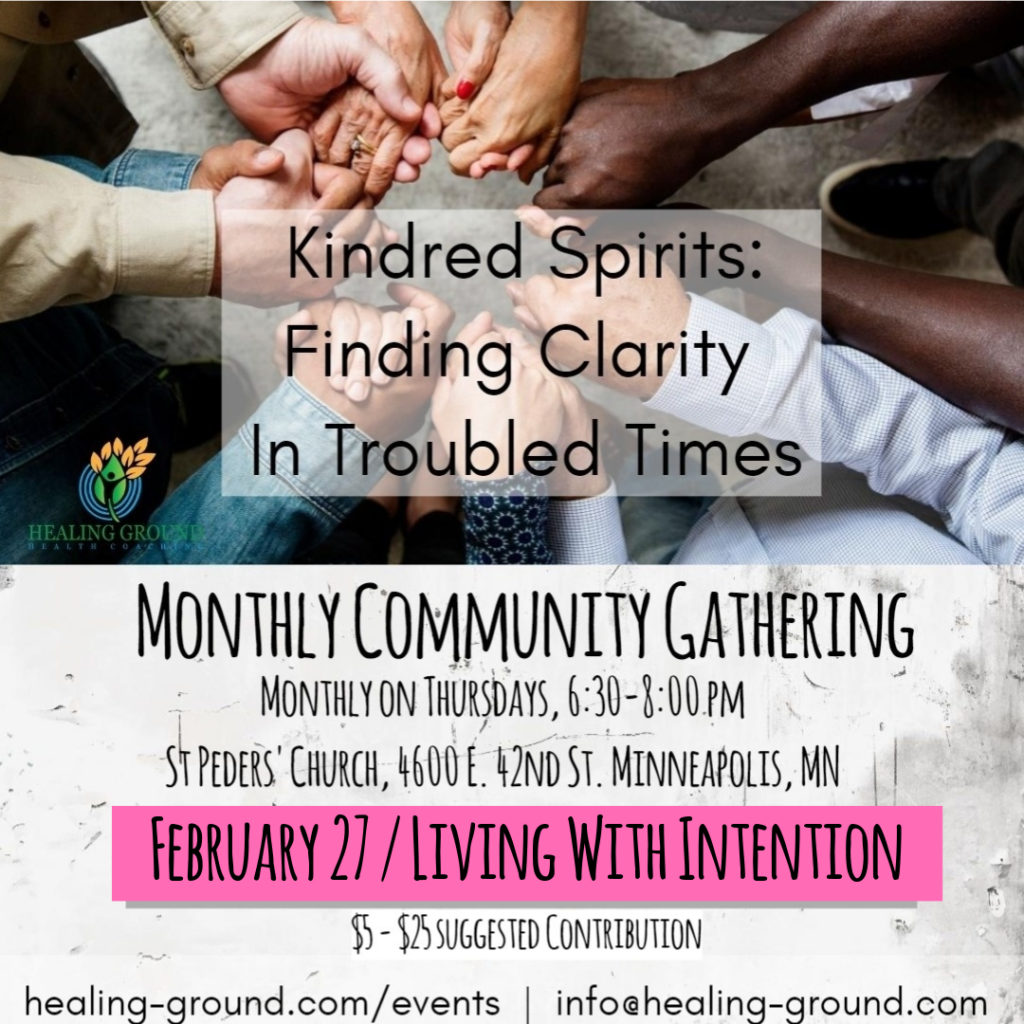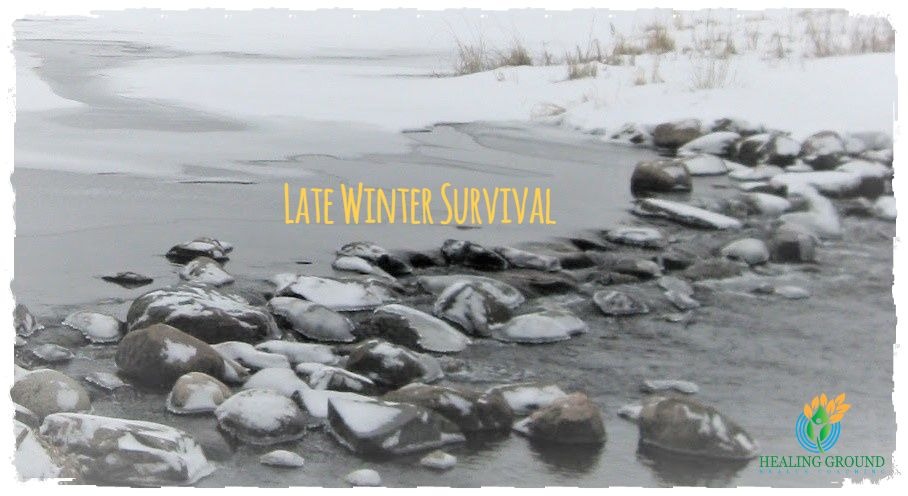
Late Winter Stirring
As we shift into the season of late winter I am weary of the endless icy roads and sidewalks, the cloudy days, and unpredictable temperatures. Nothing feels as it should to me. I’d prefer the moderately cold throughout the winter to the freeze/thaw patterns we’ve been experiencing of late. The sidewalks are treacherous and many roads are so beaten up as to be nearly impassable. Cross country ski trails become icy and sticky. And to add insult to injury, opportunist politicians diss my city with stupid accusations – again. This is my crabby time—but not for long.
Late winter, a season well described in the Ayurvedic tradition, is more than just a segment of the traditional year. It reflects the energetic forces we’re currently experiencing planet wide. A cold, regressive, immobile energetic front has been settling over our world. This leaves me, on one hand, in a state of despair, but on the other, in a state of hopeful anticipation—for we’re experiencing LATE winter. And this is followed by spring—rebirth, regrowth, possibility, and regeneration.
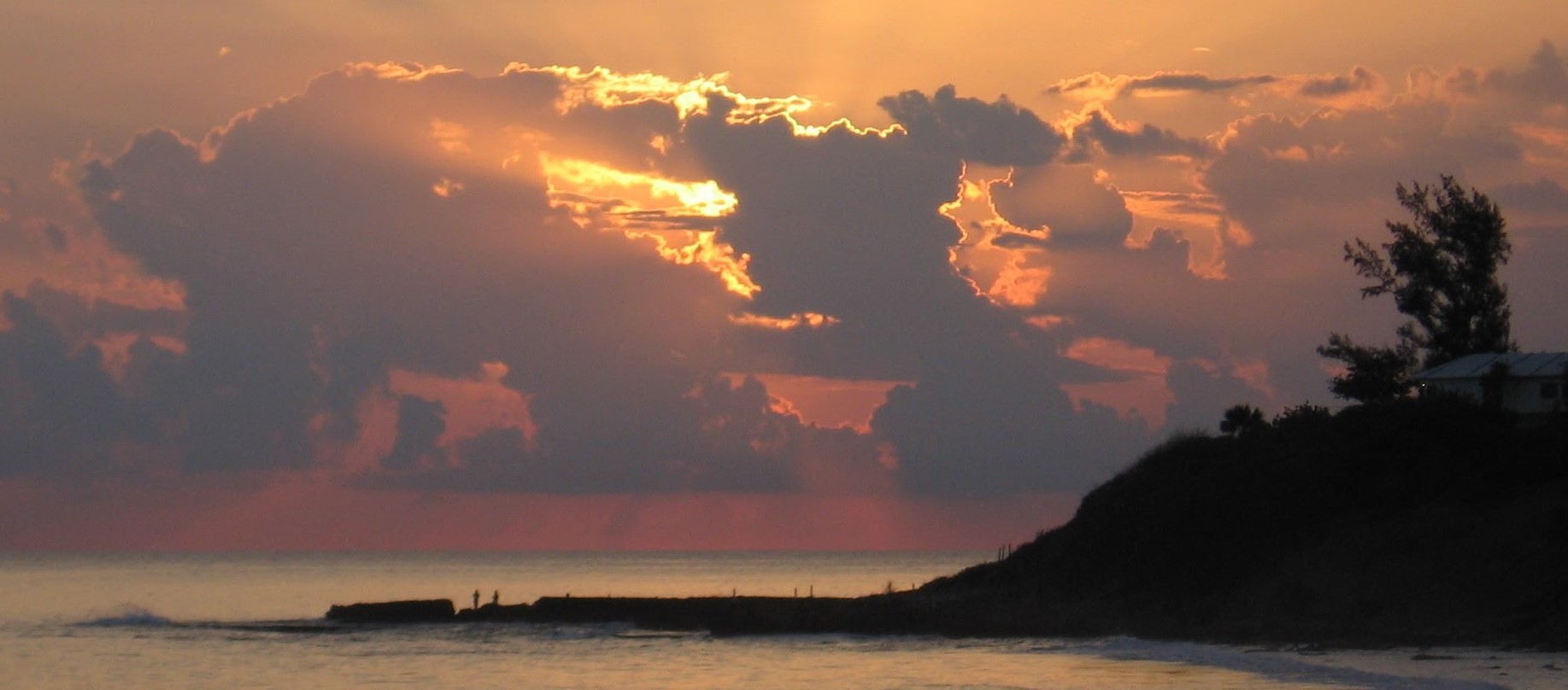
I have been tempted to either retreat into my cocoon until things settle down (which could be awhile) or “let loose” against those who who hate (I’m not sure what form “letting loose” would take, but it wouldn’t be pretty). Instead, in the spirit of my commitment to the well-being of myself and the world, I have decided to focus on caring for myself. I try to remember that if I am not in a state of well-being, I am damaging the universal body at worst and can do little to improve the state of anything, at best. As we prepare for yearly and energetic spring, it is incumbent on all of us to take care of ourselves: our bodies, spirits, and minds so as to keep the universal body healthy as the new winds of change emerge.
In the spirit of love, compassion, and self-care I’ve put together a few ideas for surviving late winter and preparing for spring that may help us all reach the light at the end of this long, dark tunnel.
Develop a routine
There is ample research from both conventional western and integrative sources that affirms the health benefits of living with a broad daily routine. This includes regular (preferably earlyish—before 10 p.m.) bedtime, and early arising time (5:30 to 6 a.m.)
As early winter progresses it becomes more difficult for me to arise at 5:30 a.m. It is a stretch to crawl out of bed in the dark. I find myself engaging in sleep creep with later and later rising times. Late winter, with morning light appearing well before 7 a.m., is a great time to begin shifting our internal clocks so as to take advantage of maximum daylight. And an added benefit is that if we start paying attention to our waking time now, and begin to push it earlier, we are better able to cope with the upcoming daylight savings time fiasco and are able to transition more gracefully as we move into spring.
Lighten up the diet
After the heavy eating months of late fall and early winter when the cold moving air energy (vata) is down shifting and the cold solid earth energy (kapha) is upshifting, late winter is the time to lighten things up a bit. We no longer need to calm down the moving unpredictable air/space energy but would do well to lightly pump the breaks on the thick, slow moving earth-water energy. This is a great time to introduce more green leafy vegetables into our diets and back off of the heavy root veggies. Truth be told, I’m ready for this shift. I no longer find comfort in these early winter staples and they are starting to bore me. I find myself gazing longingly at the beautiful (albeit not local) rainbow chard and mustard greens in the vegetable aisle.
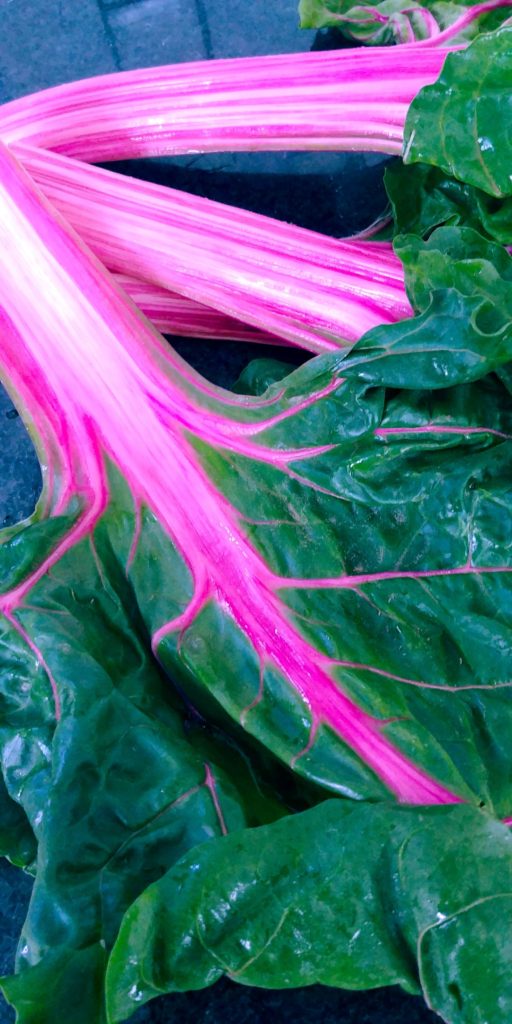
Shifting away from heavy red meat and towards poultry, fish, and light legumes will also help lighten your energy. And this is a good time to give more attention to reducing the quantity of food we eat.
Start moving
I often wonder what is going on with my perennials during late winter. I imagine the roots to be waking up in a super-drowsy state and pushing against the frozen soil as they prepare for their big moment—the spring thaw.
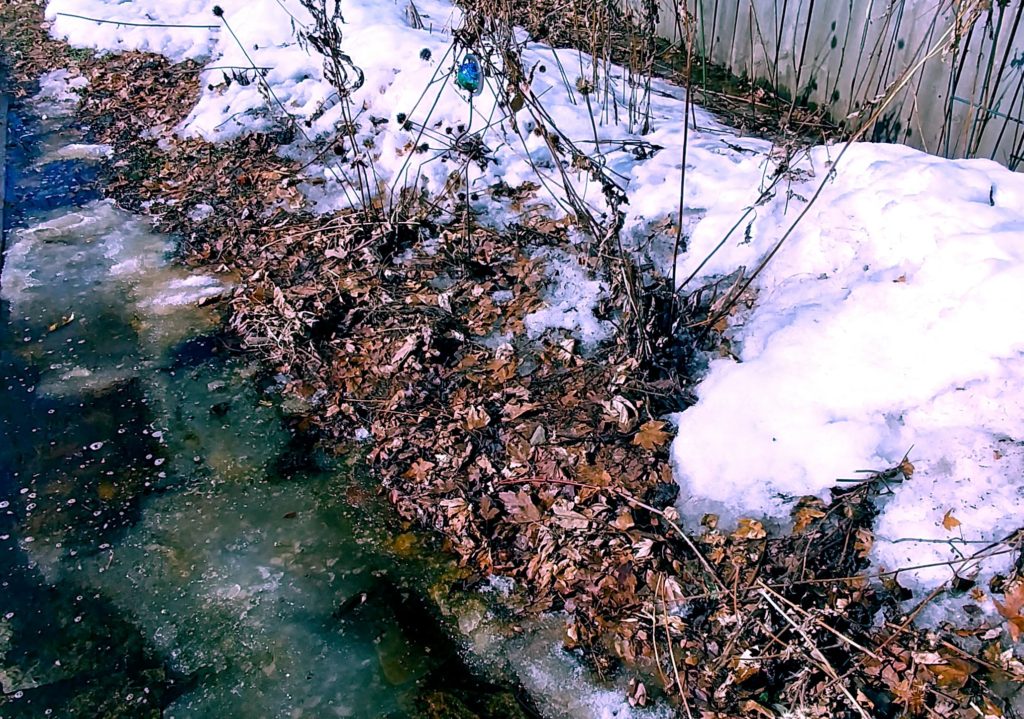
This is the time of year when our bodies can also use a nudge to slog through the heavy late winter environment. I’m not talking a marathon prep (unless that’s really what you want to do), but rather, like the plant roots, beginning a subtle increase in bodily movement. You might use this time to set an intention to move more. Try a goal of achieving, at minimum, the standard recommendation of 150 minutes a week of moderate exercise combined with three sessions of strength building exercise. If this is too much of a stretch, then maybe start with a goal of seventy-five minutes a week. Or, if goals bug you, set the intention to just move more than you are currently. And of course, if you are already at 150 minutes, set the goal a little higher. And then see what happens. A slight increase can trigger a lot of subtle changes in how we feel and function. I’m already feeling considerably more mobile and notice that my skin has more color than it did a month ago. I attribute this to my increased activity—but it probably also results from the increase in green leafy vegetables.
Pay attention
I can’t help but think that my native perennials are paying attention as they wake up. If they weren’t, then they might wake up too early or too late. Somehow they know when to start stretching their roots. They seem to be very highly attuned to their environment.
So, why should we wander around oblivious to our surroundings when so much is happening? If we don’t pay attention to how we feel, what’s happening in the natural world, and what’s happening in the material world, we will become disoriented and may be functioning totally out of sync with our environment. And, our health and well being will suffer.
With so much happening in the world, and with our family activities, people fall for the false belief that paying attention to anything other than their own narrow needs will limit their usefulness in the world. My experience tells me just the opposite. By maintaining an awareness of our universe, I find I am better able to navigate my life through the stormy world in which we live. You can trust that I’ll be blogging much more about this—it is fundamental to my value and belief systems and is a core component of my health coaching practice.
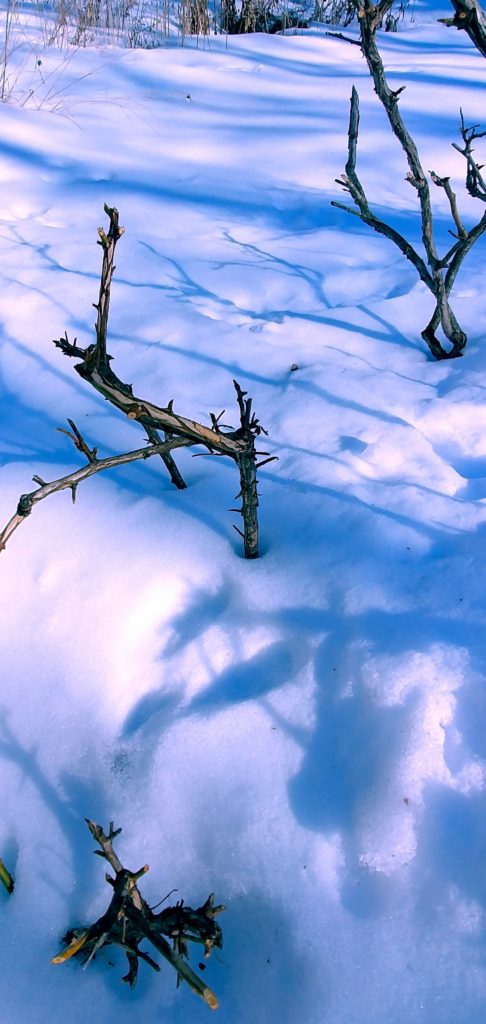
How?
It’s the HOW of paying attention that I find folks have difficulty with. To get started, I suggest a simple morning practice that I am borrowing from Pilar Gerasimo in her book The Healthy Deviant. As a prerequisite to engaging in this practice, I VERY STRONGLY suggest you remove ALL electronics from your sleep area…and yes, that includes your smart phone—in fact, especially your smart phone—remove smart-anything (except yourself and/or partner of course). If you need an alarm, buy an old-school alarm clock. “Impossible” you say? “Wrong”, I say. Period. Turn the phone off and leave it in another room at night. Your cell phone is not your friend at night. (More about my experience with this in another post, I promise).
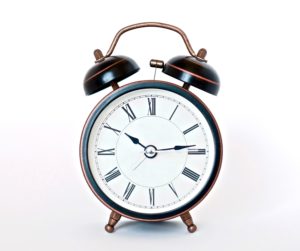
Once you’ve weaned yourself off of your cell phone at night, this becomes a very easy exercise: Set the intention (and take the action) to do the following. Spend the first three minutes (or more) after you get out of bed doing something reflective. Whatever you do, DO NOT go to your phone or other electronic device within your first three minutes of getting out of bed. Something reflective might be looking at a candle, reading reflective passages (from a BOOK—NOT your phone!!), meditating, praying, or…I often use that time to water and spray my indoor plants (and I politely talk to them).
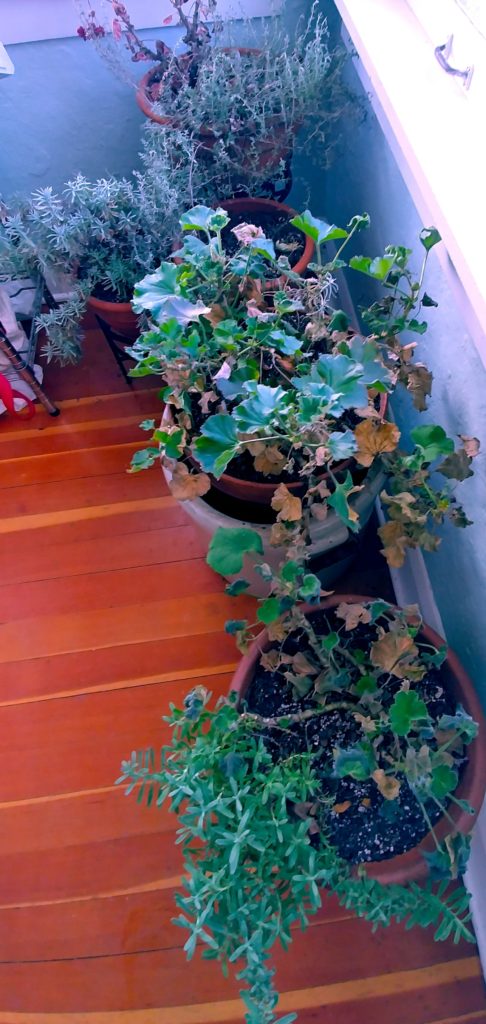
That’s it. Set the intention and try this practice for a week and see how your days go.
Setting intentions
I’d love to hear from you about your late winter practices. What works for you and what doesn’t? Please feel free to comment below. I love discovering that people actually read my blog (it can be lonely out the in the blogiverse). In the meantime, eat less, move more, and pay attention. We all will be happier and healthier for your efforts.
Late winter is a great time to begin the practice of setting intentions. This season feels like a beginning to me and I find setting intentions comes more naturally this time of year than at the end of the solar year. This month, the Kindred Spirits group topic is Living with Intention. This is a great opportunity to focus on and clarify an idea which can greatly expand our field of awareness and enhance our well-being. Consider joining us this Thursday for this thoughtful group.
